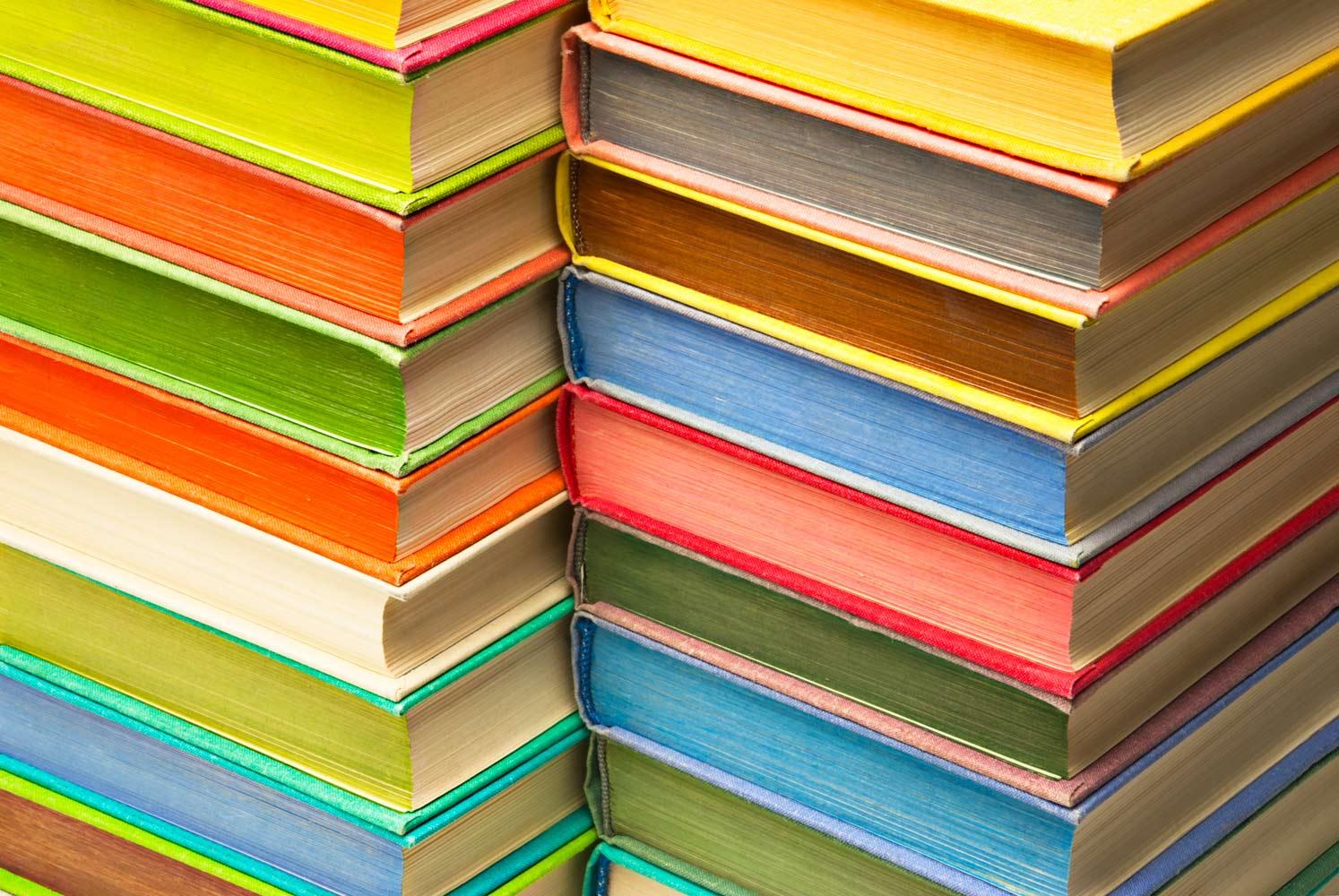
Growing Readers Together
May Tips for Second and Third Grade Parents
How to Help Your Child With Comprehension
As we help our children learn about the strategy of Determining Importance, we focus primarily on nonfiction texts. We begin by helping our children learn about the differences between fiction and nonfiction texts. We also help them learn about the many types of nonfiction conventions that are used in nonfiction texts to signal importance to the reader. These nonfiction conventions include photographs with captions, diagrams with labels, subheadings, types of print (italics, bold), maps, graphs, indexes, tables of contents, glossaries, etc. Here are some ways that you can support your child in learning about the strategy of Determining Importance.
1. Choose two books to read to your child, one fiction and one nonfiction. For example, you may want to read the fictional book, Stellaluna, and then read a portion of a nonfiction information book about bats. After reading both books, discuss with your child the differences between the two types of books. Point out these things when discussing the fiction book: you read it from beginning to end, it tells a story, the story has a beginning, middle, and ending to it, the bat in the story talks, so it isn't a true story, it has drawings instead of photographs, etc.
Point out these things when discussing the nonfiction book: you don't have to start reading at the beginning of the book, it has a table of contents and index to help you locate specific information that you are wanting to learn, it has true information in it, it has subtitles and subheadings, it has photographs with captions instead of drawings, it has pictures with labels, it has bolded words, etc.
2. Go on a Nonfiction Conventions Hunt with your child. Use either your child's collection of nonfiction books and magazines or go to the nonfiction section in your public library. See how quickly both of you can find the following conventions in a book or magazine: table of contents, photograph with caption, picture or diagram with labels, a subheading, a bolded word, a glossary, an index, a comparison, and a map. As you find each of these things, discuss with your child how they help you when you read nonfiction.
3. When helping your child learn about Determining Importance with fiction books, talk with him about themes. As you read fiction books to and with your child, say, "What do you think the author wanted us to learn from this book? Why do you think the author wrote this story? What is the theme of this book?" Be sure to share your ideas with your child, too. For example, if you read The Rainbow Fish, you might say, "I think the author wants us to learn about sharing. Sharing is a major theme in this story."
Good readers determine importance when they read.
How to Help Your Child Become a Fluent Reader
WORD FAMILY POEMS
Word family poems are a great way to increase fluency while reading. Read the poem to your child first. Then have him read each line after you, matching your voice for rate and expression. Last, allow your child to read the poem aloud a few times until it sounds smooth and quick.
The Space Race (-ace family)
On the way to Mars they had a rocket race.
Past the moon and stars zoomed Grace,
Setting such a blazing pace
That poor Billy ended up
In second place.
I Love Trains (-ain family)
Hearing "choo choo"
In my brain.
In the sun or pouring rain,
Fast or slow, fancy or plain-
I love riding on a train!
TONGUE TWISTERS
She sells seashells on the seashore.
Flash message. Flash message.
Mix a box of mixed biscuits with a boxed biscuit mixer.
A proper copper coffee pot.
I saw Esau sitting on a seesaw. Esau, he saw me.
Toy boat. Toy boat. Toy boat.
Lovely lemon liniment.
Six thick thistle sticks. Six thick thistles stick.
Good blood, bad blood.
Three free throws.The instinct of an extinct insect stinks.
Comical economists. Comical economists.
Which wristwatches are Swiss wristwatches?
How to Help Your Child Work with Words
A compound word is the result of two words being joined together. As readers increase their level of text, they will encounter longer words, including compound words. If they are able to recognize smaller words within a big word, it will help them be able to read the word easily.
Show your child a list of compound words. For example using the word "birthday," have him locate and cover the word "day". Read aloud the first part of the compound word "birth." Then cover up the other part of the word and read what is left. Put the two words together and read the compound word.







